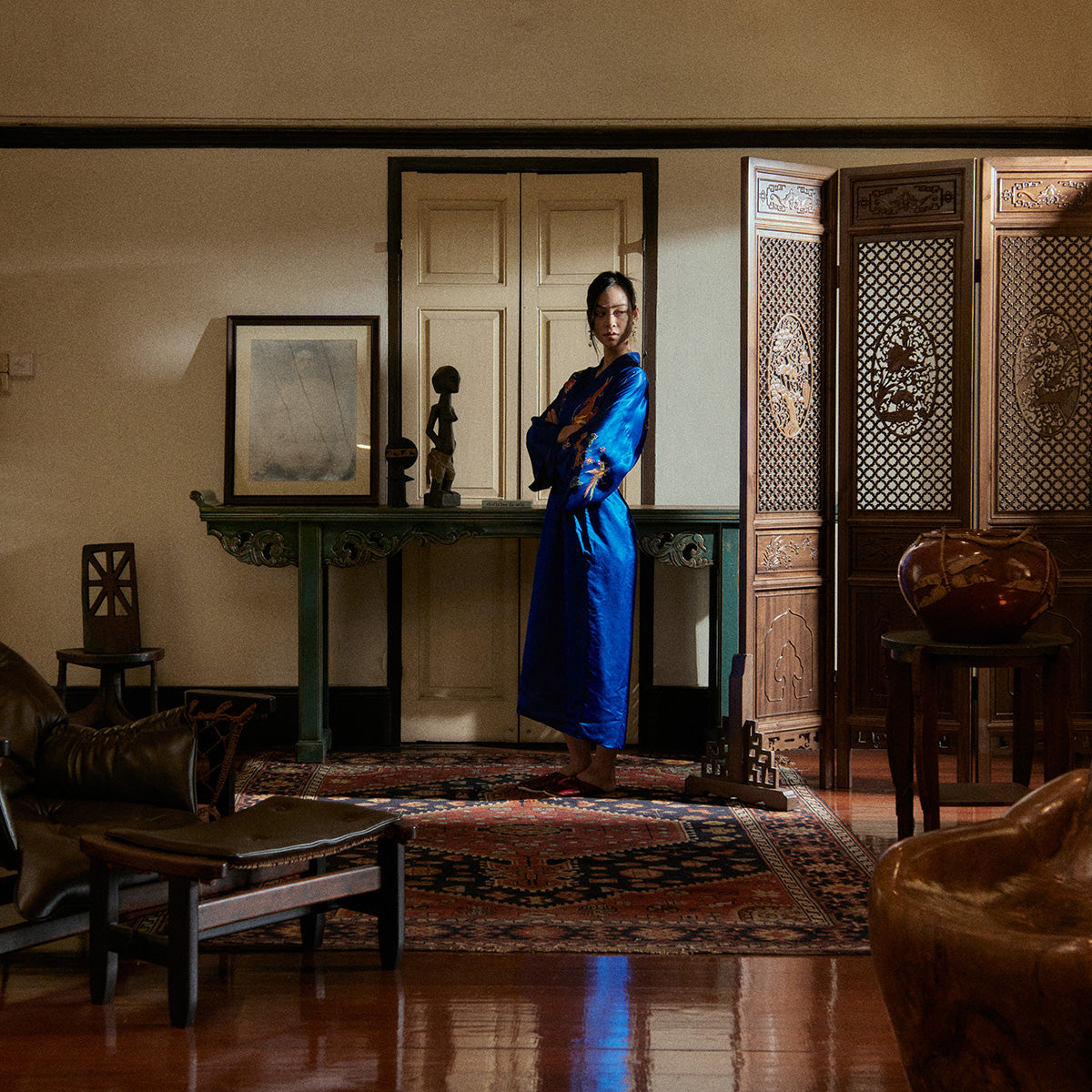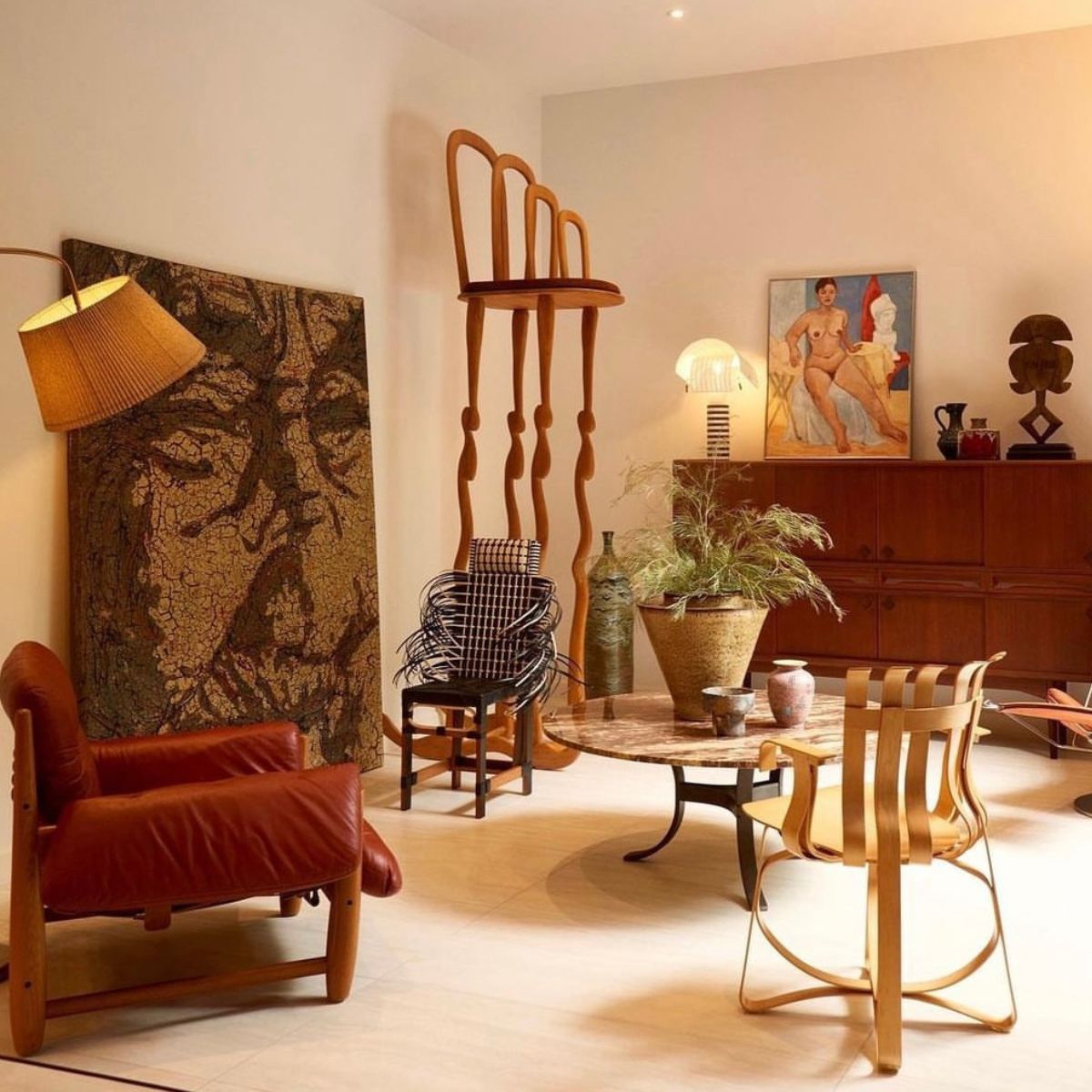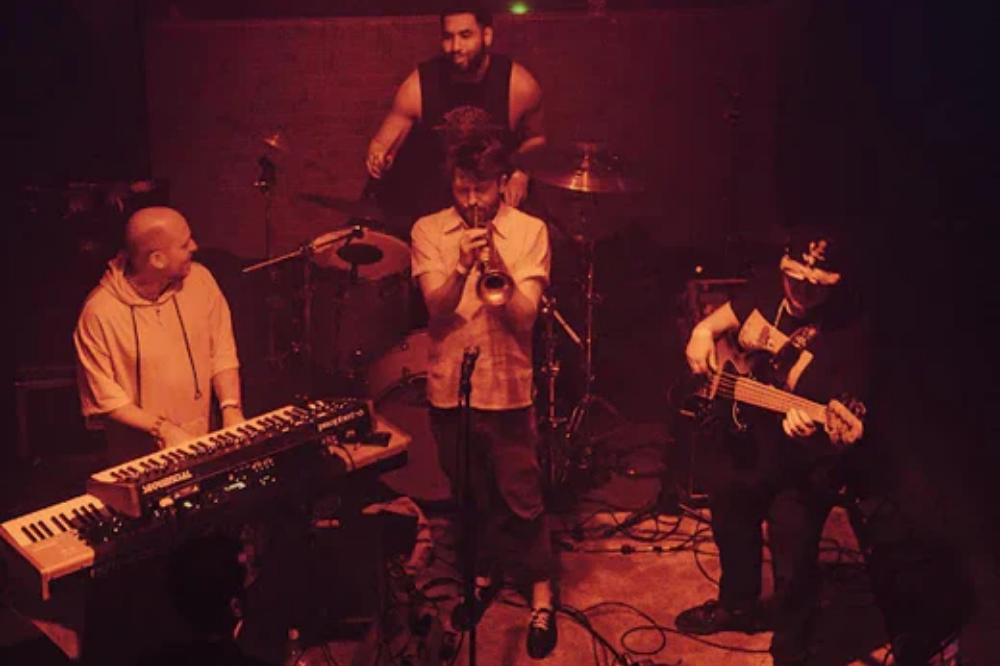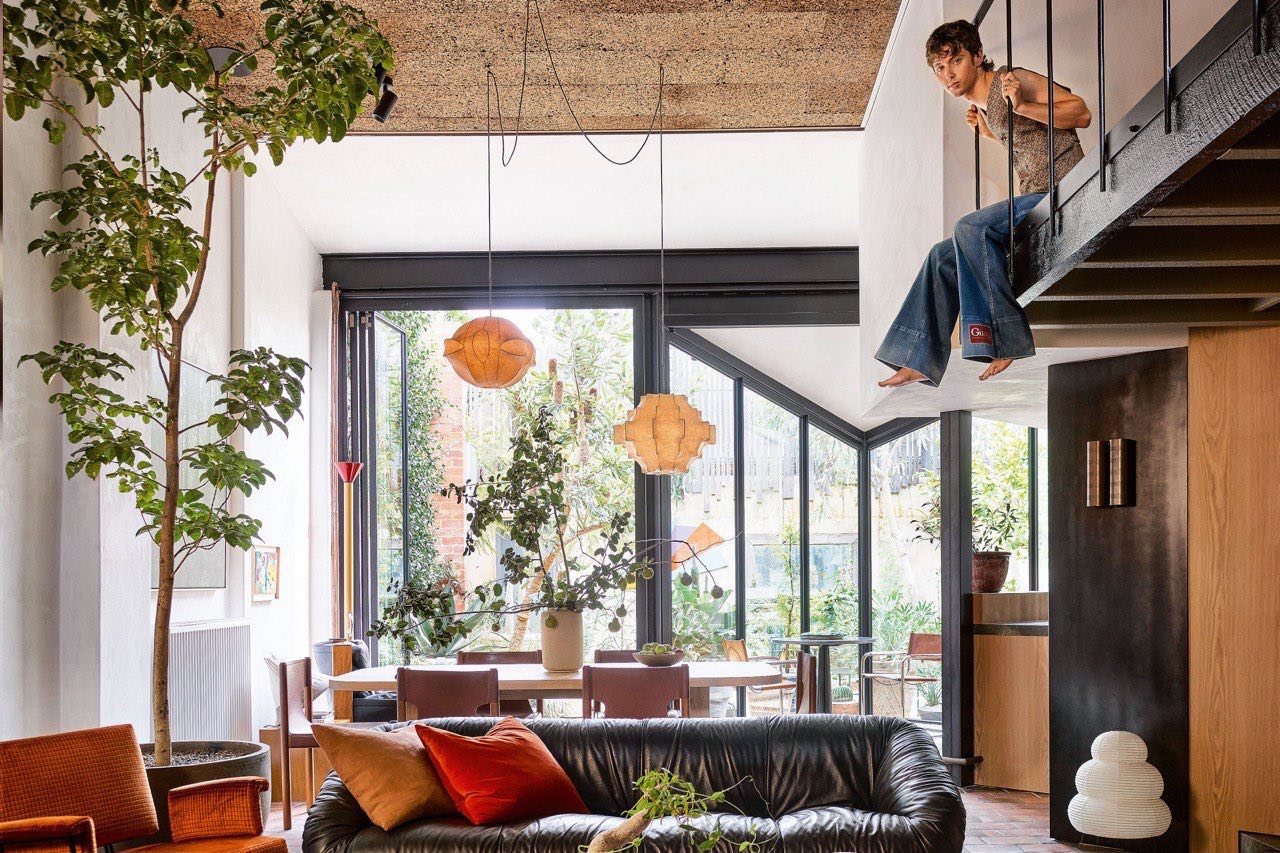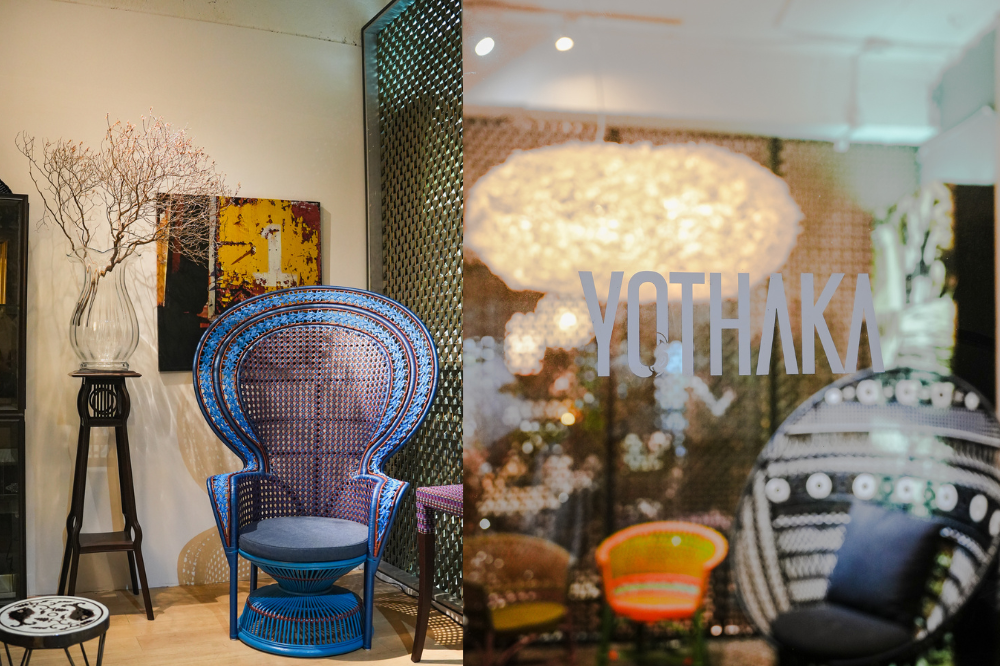Jazz has long been a resounding voice for marginalized communities, particularly during the 18th and 19th centuries, leading to the birth of what we now know as "Jazz". Through its soul-stirring melodies and impassioned improvisation, jazz has served as a powerful medium for artists to confront issues of race, inequality, and political oppression, emerging as a symbol of freedom and resilience.
Originating from the rich musical traditions brought by Africans to the cotton fields and agricultural spaces where they toiled, jazz gradually evolved into a distinct genre, finding its place in dance halls, cinema, and the burgeoning recording industry. Starting in the vibrant streets of New Orleans, jazz soon found its way to bustling urban centers like Chicago and New York, before transcending borders and captivating audiences worldwide.
Even in places as distant as Siam, now known as Thailand, jazz found a foothold in Western entertainment venues, captivating listeners with its infectious rhythms and vibrant energy. In Siam, Jazz emerged as a vibrant cultural force during the reigns of King Chulalongkorn (King Rama V, 1868 – 1910) and his successors. Initially gaining ground as dance music in hotel ballrooms under King Chulalongkorn's rule, its popularity soared during King Vajiravudh's (King Rama VI, 1910 – 1925) era. Additional entertainment venues established during King Prajadhipok's reign (King Rama VII, 1893 – 1941) further solidified its appeal. However, it was King Bhumibol the Great (King Rama IX, 1946 - 2016) who truly propelled jazz to new heights, composing numerous pieces and igniting its popularity among Thais. Despite initial resistance, jazz now enjoys widespread acceptance, boasting a dedicated following and recognition in higher education.

Defying earlier bans, students embraced jazz, becoming accomplished musicians and performing in esteemed venues like the Siam Hotel and Mandarin Oriental. These gatherings, serving as Westernized hubs, witnessed the birth of jazz bands featuring instruments like piano, saxophone, trumpet, and drums, captivating audiences seeking entertainment and a taste of international flair.
Since 1957, Jazz in Thailand, once restricted and even banned from study due to its association with slavery, has undergone a remarkable transformation into a widely recognised genre. With musicians returning from abroad and establishing informal music schools, professional musicians were drawn in, making jazz a major subject in higher education.
This evolution not only facilitated jazz's integration into mainstream society but also allowed the genre, once confined to restaurants and hotel venues, to permeate educational institutions. Today, jazz serves as a powerful medium for emotional expression and social commentary. Jazz bands, both large and small, are a common sight on university campuses, with many music programs offering jazz-related courses such as theory, performance, history, and improvisation with diverse musicians and a strong community fostered through festivals and concerts.
Nightclubs in Bangkok serve as venues for jazz enthusiasts, while scholarly work enriches public understanding of the genre. Moreover, the annual jazz festivals in Bangkok, including the esteemed Thailand International Jazz Conference, stand as vibrant platforms for both students and the public to participate, offering a stage to showcase their burgeoning talents and unwavering passion for jazz performance.
In honor of International Jazz Day 2023, Bangkok's premier nightlife destination, BEAM nightclub, fully immersed itself in the global celebration of jazz music and culture. In partnership with Surround Living, they curated the inaugural Beam Jazz Festival on April 29th, 2023, bringing together the very best of international and local jazz talents and design.

The guiding principle was a commitment to bring together jazz & electronic artists from around the globe to mingle with their Thai contemporaries. This unique fusion not only created a melting pot of musical influences but also served as an educational platform for Bangkokians eager to delve deeper into the global and local music scene. Beyond the confines of mass-produced events, Beam Jazz Fest aimed to bring jazz to the people, restoring its original feeling of participation. This was an invitation to experience and be educated on the diversity and different sounds and meanings behind “jazz”.
Decorated by Surround Living, the stage at BEAM Jazz Fest was elevated into a reminiscent setting of classic Siamese jazz lounge. Enveloped in an ambiance brimming with old-world charm, it provided the perfect backdrop for atmospheric melodies, enhanced by an array of vintage and oriental antiques adorning the stage.
At the forefront of the international lineup were the jazz virtuosos from New York City: Jason Lindner (flymyspcshp), Michael Feinberg, Timothy Angulo, and the Greg Paulus Band of No Regular Play. Their seamless fusion of electronic beats and live instrumentation delivered an unforgettable musical journey, captivating audiences with their innovative sounds and sonic exploration.
Avantdale Bowling Club, led by New Zealand's trailblazing artist Tom Scott. Blending hip-hop and jazz, the ensemble created a mesmerizing sound that pushed boundaries and defied genres. Joining them were the legendary Japanese duo Kyoto Jazz Massive featuring Vanessa Freeman, who revolutionized the global nu-jazz scene with their innovative fusion of jazz, house, and electronic beats. Shuya Okino, the mastermind and producer of Kyoto Jazz Massive, delivered an exhilarating DJ set, showcasing his diverse musical prowess.
The local lineup was equally impressive, featuring bands and DJs that dived deep into the heart of Bangkok's vibrant jazz scene. From African Ride to DJ Funky Pump, iNIT to Khun Guy, and Maarten to Original Soul Boy, the stage filled with a diverse array of local talents who ignited the night.
Surround Living is thrilled to present an exclusive interview with Jason Lindner, captured amidst the vibrant atmosphere of the festival. As the spotlight shines on this celebrated musician, we delve into the fusion of international and local influences that electrify his performances. With an eclectic lineup, the Beam Jazz Fest marks Lindner's inaugural performance in Bangkok, where he brings the sophistication of New York City's music scene and a fervent commitment to pushing musical boundaries. From the pulsating energy of NYC's jazz landscape to the ethereal realms of electronic meditative sound, Lindner shares profound insights into the dynamic evolution of music, jazz and festivals and their profound impact on contemporary music culture. Join us as we unravel the intricacies of Lindner's creative process, exploring the transformative power of music as a sacred art form.

How do you perceive Jazz Festivals contributing to the evolution of the jazz scene, particularly in terms of embracing new influences and pushing boundaries?
"Jazz music has always been an artform which has remixed and reimagined other forms of music, bringing it into the creative realm of personal expression and improvisation, and has always served to reflect the times. Jazz festivals (unless their specific aim is only to preserve and present traditional music) can embrace changing trends and present artists who are innovating the artform in new ways, finding musical connections between styles and technologies and serving to make the music enjoyable and accessible to new audiences".
Could you elaborate on the unique mix of styles and sounds that you brought from New York City to your performance at your shows?
"I was fortunate enough to have learned from several elders of the so-called jazz lineage who, in turn, brought me into the lineage, like the late Barry Harris, for example. According to Dr. Harris, New York City was once known as the finishing school. Musicians would only come to NYC when they felt ready to be among the best of the best. Although times have changed, I think NYC still has that energy and maintains a reputation for having some of the highest expectations for musicians and artists in the world. So artists from NYC tend to perform with high intensity, to be versatile, competitive, very experienced and ready for anything. Being originally from NYC, I didn’t have to make the choice to come to NYC, like most of the artists here have. But it has still provided me with an outstanding and challenging musical environment and lots of opportunities to exist within a community or scene, and then to find many sub-communities, or micro-scenes which are more niche. And I believe this has greatly helped me to develop my thirst for learning and a drive to create new sounds and new ways of making music across different musical scene".
How do you believe events like BEAM Jazz Fest impact the audience's perception of jazz and its relevance in contemporary music culture? Particularly in a country like Thailand where the jazz scene is still evolving?
"I think we need to be mindful of the use of the term “jazz”. Many important musicians like Miles Davis and Duke Ellington actually disliked the term “jazz”, saying the term was created by white outliers about black music and that it is or was a rather derogatory or negative way to describe a type of music the outliers neither understand nor respected. It is also important to understand that the term “jazz” has taken on a different meaning by different people of different backgrounds and locations. Jazz in New Orleans in the US for example, is the birthplace of jazz music, and is today the only place on Earth where jazz music continues to exist and to be treasured and preserved as a folkloric and cultural heritage music. New York City, on the other hand, has been a place of great innovation and evolution for jazz music. Jazz music as a global term is quite disconnected from it’s roots in New Orleans as a black music, as an expression of dispossessed and marginalized communities, as their genius creation and expression of joy, soul, intelligence and perseverance under a hostile and oppressive system. So the word jazz now is a looser and more inclusive term which has no single international definition. So in a way, it is a confusing word which is often misused. Personally, though I have studied jazz music in great depth and it is an important part of my experience, I do not consider myself to be a jazz musician by definition. So, I think that if a festival chooses to define itself as a jazz festival, then there should be some work into educating the audience as to the complexities of the meaning of the work JAZZ".
Could you share any insights into the creative process behind preparing for a festivals or shows particularly with regards to collaborating with other artists and adapting to different environments?
"When I prep a festival set, I try to imagine the place and the audience and to create an arc for the length of time needed. It’s important to know the technical details like the instruments and sound equipment, and how it is presented — are people going to be standing or sitting, or they far away or very near, what time of day will it be, will they already have seen 10 acts or are we the first, etc. All of this information goes into conceiving a set hopefully suited for any unique experience. And then of course, we must have the ability to be flexible and adaptable, to know how to “read the room” — to be sensitive to the energy during a performance, and to be ready for anything — to have the ability to go with the flow".
When producing music, what environments or surroundings do you find most conducive to fostering your creativity and enabling you to produce music at your highest level?
"I find that I like silence and space from noise and distraction to be in a zone to create and produce music".
Where is your favorite surrounding/environment to perform?
For me, it is always more about the people than the environment. I value human connection over location and my best moments playing music have mostly been in tight, crowded urban spaces. But, since I have not had many opportunities to do so, I’d like to make music in more natural settings, like in a forest or jungle, on a mountain or volcano, under the stars in the desert — to feel inspired by a magnificent natural setting.
What do you want people to know about your music and what you do?
"I feel music very deeply and it is my life. I try to always have pure intentions about making music because I believe music is a medicine. All of life is vibration, rhythm, cycles, patterns. From the most macro to the most micro level. Music is a very sacred form of art which effects our biological and spiritual bodies. It connects us to what we cannot see. It is a super intelligent form of communication. So I hope that my music helps to connect or spark or awaken or touch or bring something special to whoever is listening. I have recently been learning about and practicing electronic meditative sound using synthesizers, in the context of yoga classes and sound-healing sessions. I really connect with this work very much. There is a special connection between some forms of jazz and electronic music, a cross-section which is trance-inducing. Most, if not all, original cultures have used music as a tool for ceremonial healing. Jazz music’s energetic momentum can create a hypnotic feeling, and the soloist is guiding the energy by being fully present and open and being moved or “possessed” by the spirit, which connects everyone in a unified experience. It’s very connected to the culture of the black gospel church in the US, where the music is a tool, guided by the preacher, to help the people feel the spirit. Early house and techno music, with it’s roots in the urban US cities of Chicago and Detroit in the 70s and 80s, has a similar momentum to jazz, but with newer technology, and has grown into a global phenomenon of electronic dance music, and brings energy and joy to so many people worldwide. Innovative music-makers have always used the newest available technology. My goals lie in using my musical gifts and developed skills together with new technology, with the intention for opening minds and healing souls".
The evolution of jazz, from its roots as a voice for marginalized communities to its present-day global resonance, stands as a testament to its enduring power and significance. As it traversed continents and cultures, jazz found a home in places like Bangkok, where it flourished amidst diverse influences and societal shifts. Today, the genre continues to push the boundaries of musical exploration, uniting international and local talents in a celebration of creativity and innovation.
Through interviews with artists like Jason Lindner, we gain invaluable insights into the perspective and creative processes of internationally renowned musicians, offering a compelling contrast to the backdrop of Bangkok. Lindner's reflections on the impact of jazz on contemporary music culture, as well as his personal journey as a musician, shed light on the dynamic evolution of the genre. From the vibrant streets of New York City to the eclectic stages of Bangkok, jazz continues to inspire and connect people across borders and generations.
As we look forward, it's crucial to acknowledge the deep influence music has on our lives, bringing people together and strengthening human connections. Whether enjoying the ambiance of a 1950s jazz club, soaking up the energy of a bustling festival, or finding solace atop a mountain top, the power of music uplifts our spirits, sparks conversations, and fosters unity. Artists such as Jason Lindner continue to innovate, pushing the boundaries of sound and encouraging people from all walks of life to participate in the musical and spiritual journey, regardless of their age or background.
